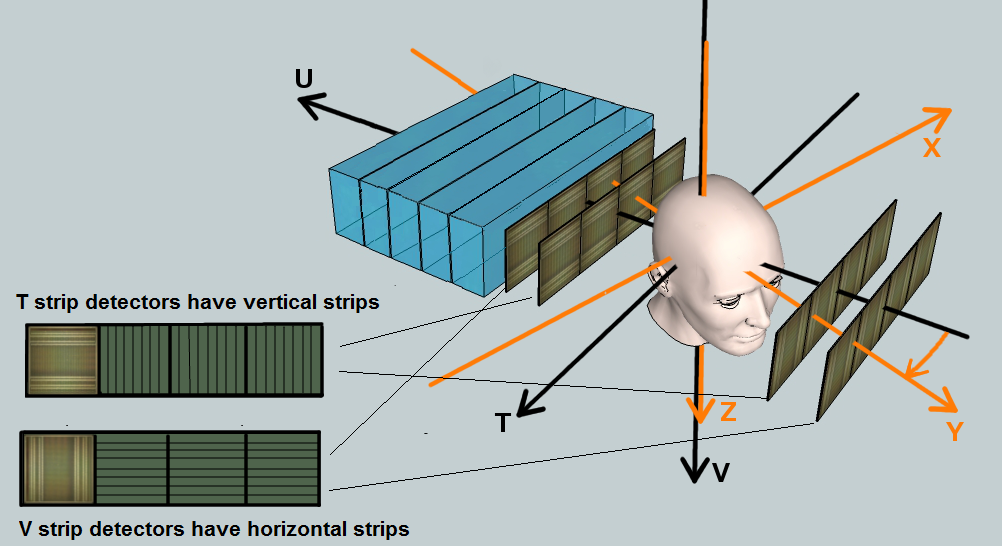Researcher: Prof. Yair Censor
Background
Proton radiation is one of the most advanced forms of radiation therapy to treat cancer. Similar to x-rays, protons release radiation energy to kill cancer cells; but the largest energy release occurs at a depth that is adjustable by the initial proton energy and forms the Bragg peak, formed by all charged particles heavier than electrons (named after William Henry Bragg who discovered it in 1903). In order to assure accuracy in treating a patient with proton Bragg peaks, the medical team must “see” the location of the tumor cells and the path length of protons needed to stop inside the tumor. Thus, one uses imaging for planning the proton treatment as well as for verifying the accurate position of proton Bragg peaks at the time of treatment, which proton therapy experts call pre-treatment “range-verification”. Currently, proton therapy centers use x-ray CT to facilitate treatment planning, but this method is not as accurate as desired (to the millimeter) and often compromised by imaging artifacts as well as substantial additional imaging dose when one uses it frequently during a course of treatment.
Proton radiation therapy has been growing in popularity in recent years, especially if doctors need to deliver very high radiation doses close to critical organs at risk for side effects, which is often the case for brain and head and neck tumors. Further expansion is expected with the possibility to integrate less costly single-room proton equipment into existing radiation therapy centers.
Imaging with Protons - Improving Proton Therapy
Prof. Yair Censor of the University of Haifa’s Department of Mathematics has collaborated for many years with Prof. Reinhard Schulte, a physician scientist at Loma Linda University, and his collaborators in medical physics and computer science, in developing advanced proton imaging technology and fast and effective image reconstruction techniques that run on computer clusters. The same protons that are used for therapy can also be used for imaging, but, remarkably, at about 1000 times lower dose and without the artifacts commonly seen with x-ray CT. The reconstruction algorithms can handle millions of individual protons that are going through the patient and tracked individually to estimate their path and their water-equivalent path length when traversing the patient. This allows reconstruction of the volumetric distribution of the relative stopping power of the tissues, i.e., the property needed for treatment planning and range verification immediately before treatment.
Research Status
Dr. Censor and the US proton CT (pCT) collaboration have developed a preclinical scanner and advanced image reconstruction techniques currently undergoing testing at the Northwestern Medicine Chicago Proton Center (NMCPC). The recent test results have been very promising in that the research team has demonstrated that they can determine proton range with 1 mm or better accuracy with imaging doses that are about 10 times less than with comparable low-dose x-ray CT scans.
A preliminary test performed at the Heidelberg Ion Therapy (HIT) Center also gave good results with helium ions, showing that the helium imaging technology may be suitable for ion radiation therapy.
IP Status
US patent granted – Systems and methodologies for proton computed tomography (US 9,207,193 B2)
Related pages
Yair Censor, Prof. - Researcher page
Spot On: Applied Mathematics in Proton Radiation Therapy


